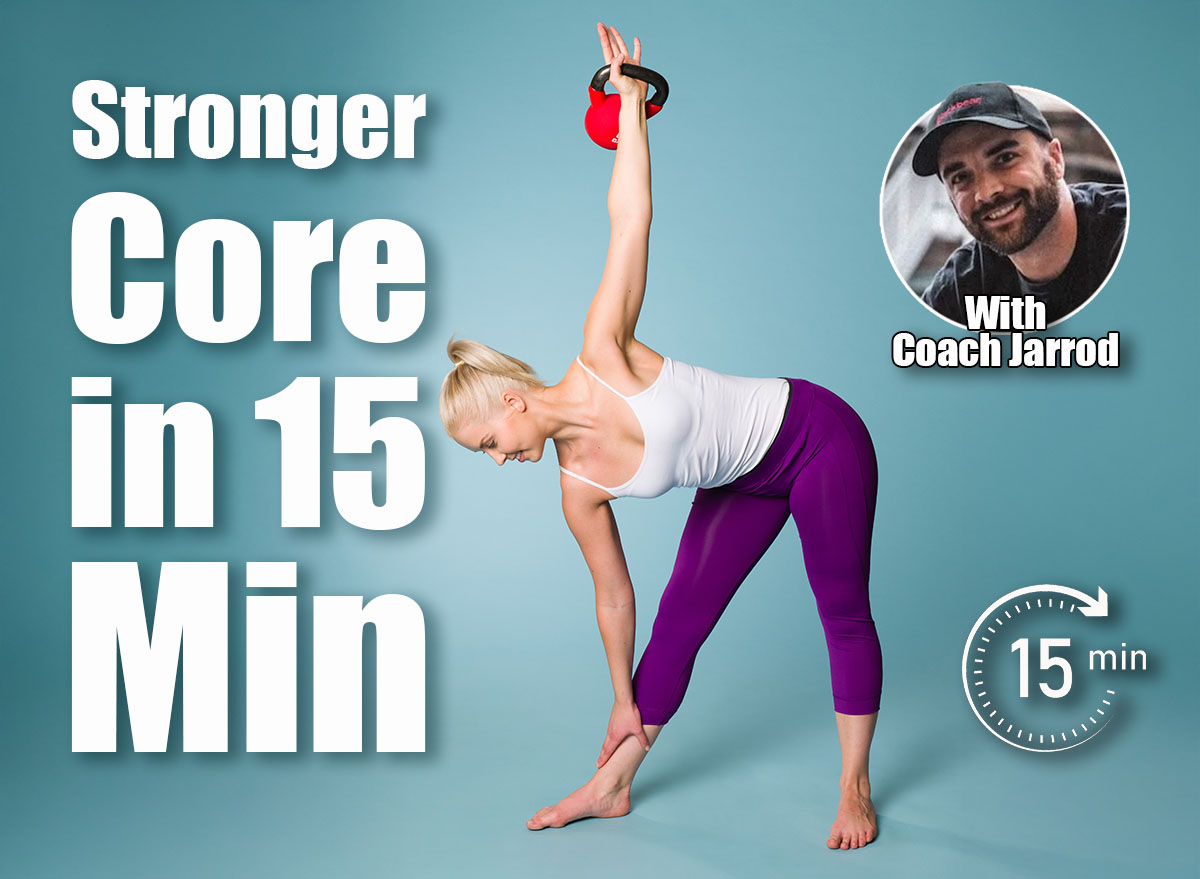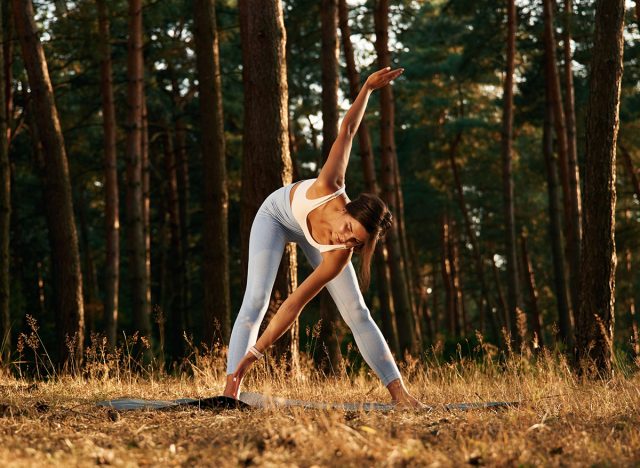If You Can Hold These 3 Positions at 55, Your Core Is Decades Younger

Your core does more than give you a leaner waistline. It’s the foundation of every movement you make, from walking upstairs to carrying groceries to powering through a workout. By 55, a strong, responsive core plays an even bigger role in how well you move, how stable you feel, and how young your body performs.
The real test of core strength isn’t endless crunches. It’s how well your body can hold positions that challenge balance, stability, and controlled movement. These qualities indicate whether your core muscles are working together to support your spine and hips during real-life activities.
When you can master key core positions, you prove your body still has the strength, control, and coordination that others often lose with age. These are the signs of a core that’s decades younger than your birthday.
Below, you’ll find three positions that will challenge you in new ways, wake up deep stabilizing muscles, and give you the confidence that your core is keeping up with your lifestyle.
3 Core Positions at 55 That Prove Your Strength & Balance
Position #1: Single Leg Balance with Med Ball Hold
Balancing on one leg while holding a medicine ball engages your entire core to keep you upright. This position forces your obliques, transverse abdominis, and hip stabilizers to fire together, the same way they do when you walk, climb stairs, or play sports. At 55, the ability to hold this position indicates strong balance, core endurance, and coordination, which often decline with age.
Muscles Trained:
- Obliques
- Transverse abdominis
- Glutes
- Hip stabilizers
How to Do It:
- Stand tall and hold a medicine ball at chest height.
- Lift one foot off the ground and balance on your opposite leg.
- Keep your chest tall and your shoulders pulled back.
- Hold the ball firmly in front of you with arms slightly bent.
- Maintain balance for the set time, then switch legs.
Recommended Sets and Reps: Perform 3 sets of 20 to 40 seconds per side. Rest 45 seconds between each set.
Best Variations:
- Add a small overhead press with the ball.
- Hold the ball further away from your body.
- Use a light dumbbell instead of a med ball.
Form Tip: Focus your eyes on a fixed point in front of you to help lock in balance.
Position #2: Bear Crawls
The bear crawl is a moving plank that challenges your core in every direction—holding this position while crawling forward and back demands total-body coordination, shoulder stability, and deep abdominal strength. At 55, strong bear crawl mechanics show your core can still handle dynamic tension and resist rotation, which means you’re protecting your spine during everyday tasks.
Muscles Trained:
- Rectus abdominis
- Transverse abdominis
- Shoulders
- Hip flexors
How to Do It:
- Start on all fours with your hands under your shoulders and knees under your hips.
- Lift your knees an inch off the ground while keeping your back flat.
- Brace your core and crawl forward by moving your opposite hand and foot together.
- Take slow, controlled steps forward, then reverse back to the start.
- Keep your hips low and your torso steady throughout.
Recommended Sets and Reps: Perform 3 sets of 20 to 30 seconds of crawling. Rest 60 seconds between each set.
Best Variations:
- Lateral bear crawls (move side to side).
- Hold a static bear position instead of crawling.
- Add resistance bands around your wrists or ankles.
Form Tip: Keep your hips level with your shoulders. Don’t let them rise into the air as you move.
Position #3: Windmills
The windmill builds rotational control and mobility, testing both your core strength and flexibility. Holding a weight overhead while lowering toward your opposite foot forces your obliques and stabilizers to maintain your spine’s alignment. At 55, this position demonstrates that you can still control rotation, resist injury, and maintain functional movement through the hips and shoulders.
Muscles Trained:
- Obliques
- Shoulders
- Glutes
- Hamstrings
How to Do It:
- Stand with your feet wider than shoulder-width.
- Hold a light dumbbell or kettlebell overhead with your right arm.
- Keep your right arm locked out as you slowly hinge at the hips.
- Reach your left hand down toward your left foot.
- Pause briefly, then return to the starting position. Switch arms.
Recommended Sets and Reps: Perform 3 sets of 6 to 8 reps per side. Rest 60 seconds between each set.
Best Variations:
- Use a bodyweight-only version for beginners.
- Try a double kettlebell windmill for advanced strength.
Add a slow tempo for increased control.
Form Tip: Push your hips back as you lower your body. Keep your chest open and eyes on the weight overhead.
The Best Ways to Improve Your Core Strength at 55

Core strength at 55 should build balance, control, and total-body coordination that support real movement. Here are the best strategies to keep your core sharp:
- Mix static and dynamic holds: Combine balance positions, like single-leg stances, with moving positions like bear crawls.
- Train in every plane: Include rotational moves, anti-rotation holds, and side-to-side positions to challenge your core in all directions.
- Prioritize mobility with strength: Core training isn’t just bracing. Positions like windmills improve hip and shoulder mobility while strengthening your core.
- Stay consistent: Two to three focused sessions per week are enough to keep your midsection strong and functional.
- Progress gradually: Extend hold times, add resistance, or increase range of motion as your strength improves.
Looking for easy ways to lose fat? Here’s How Long Your Walking Workout Should Be To Shrink Belly Fat.